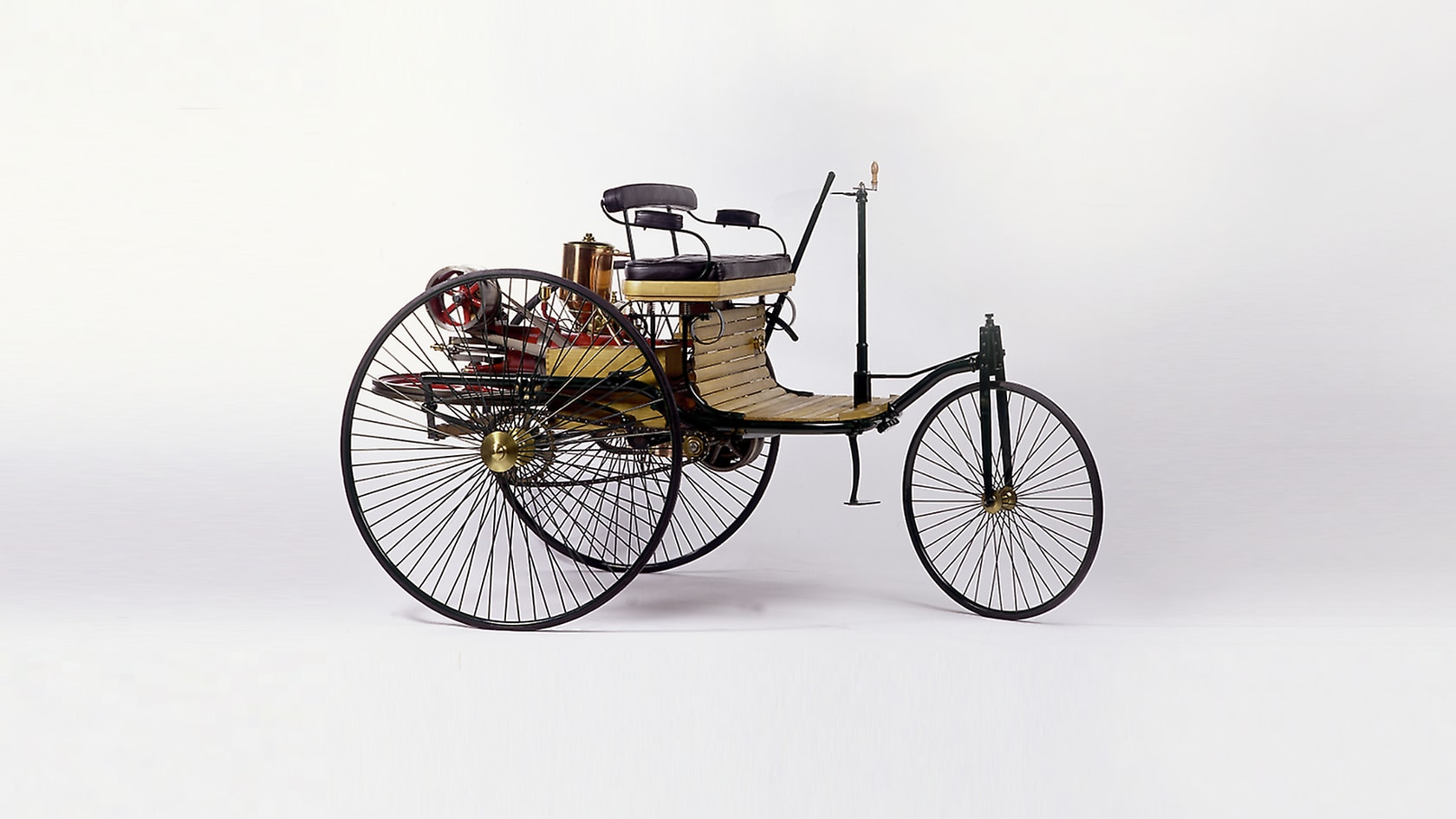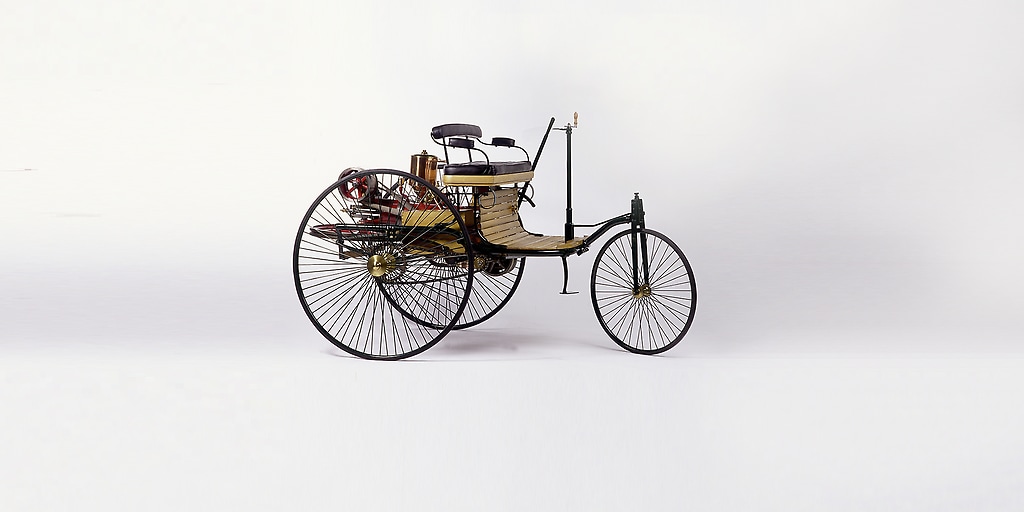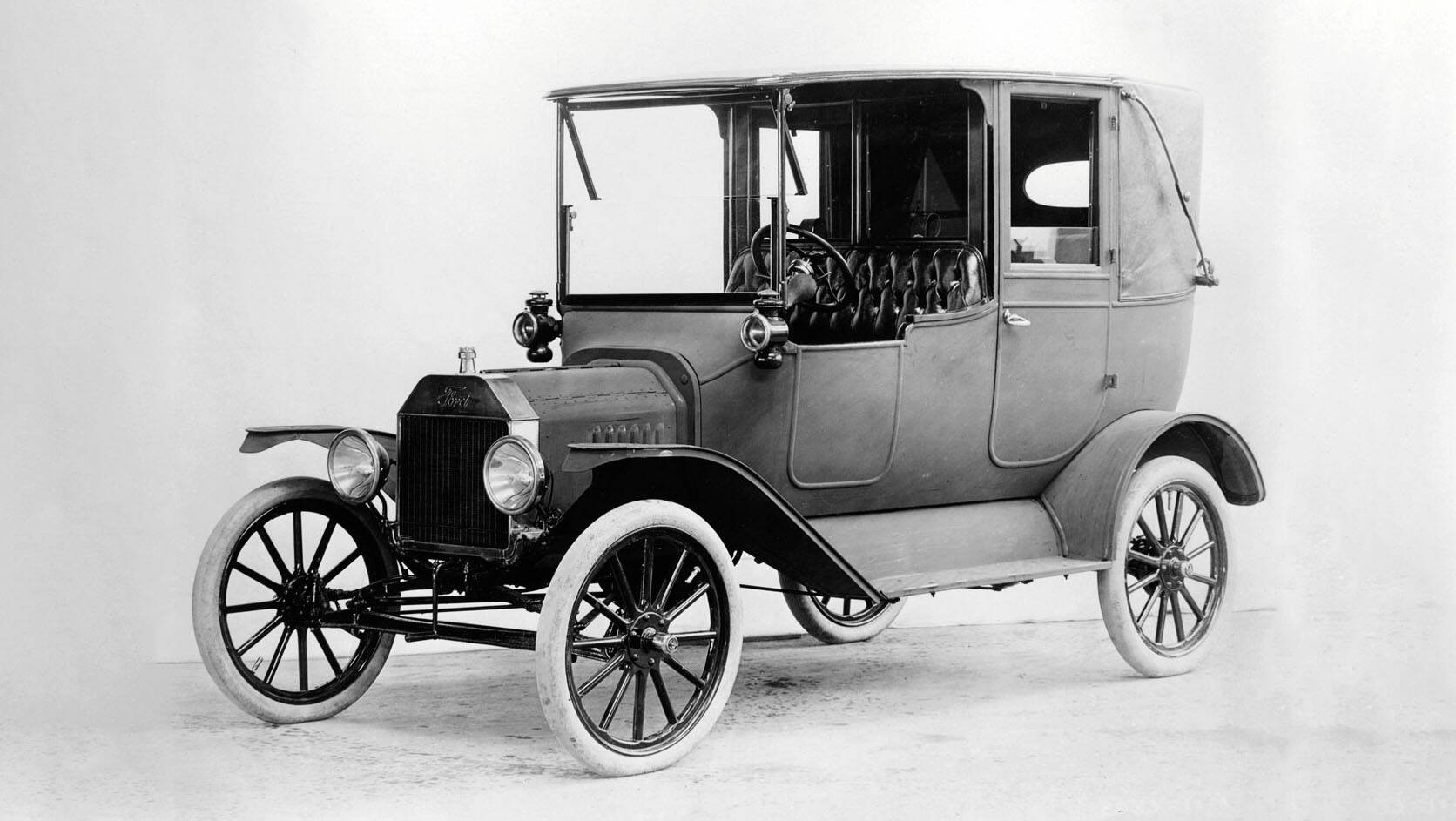When was the Motor Car Invented: A Journey Through Automotive History
The motor car was invented in 1885 by Karl Benz. This groundbreaking invention changed the way we travel forever.
Ever wondered how the world became so connected? The invention of the motor car played a huge role. Before cars, people relied on horses or walked. The motor car made travel faster and easier. It allowed cities to grow and people to explore new places.
Understanding when the motor car was invented gives us a glimpse into our past. It shows how far we’ve come in technology and transportation. Let’s dive into the history of this amazing invention and see how it all began.
Early Beginnings
Steam-powered vehicles were among the first attempts at creating cars. In the late 18th century, inventors began exploring steam engines. These engines used steam to move pistons. The pistons then moved the wheels. Early models were large and slow. They were also very noisy. Despite these problems, steam vehicles showed promise.
Many pioneers contributed to the motor car’s development. Nicolas-Joseph Cugnot built one of the first steam cars in 1769. His vehicle could move at 2.5 miles per hour. Richard Trevithick created a steam-powered road carriage in 1801. It could carry several passengers. These inventors laid the groundwork for future cars. Without their work, the modern car might not exist.

Credit: group.mercedes-benz.com
Birth Of The Internal Combustion Engine
Nikolaus Otto made a big step in engine history. He invented the four-stroke engine in 1876. This engine was more efficient and powerful. It became the foundation for future engines. Otto’s engine used a spark plug to ignite fuel. This idea was new and important.
Karl Benz is known as the father of the motor car. He built the first car in 1885. This car had three wheels and a gasoline engine. Benz’s car could move on its own. It was the start of modern cars. His invention changed how people travel. The car was simple but innovative. It was a major breakthrough in transportation.
Rise Of Mass Production
Henry Ford’s assembly line changed car making. Cars became cheaper and quicker to build. Each worker did just one job. This made the process fast. Ford’s idea spread fast to other factories.
The Model T was a big hit. Many people could now buy cars. Ford made thousands of them. The car was simple and strong. It worked well for many years. The Model T changed travel forever.

Credit: group.mercedes-benz.com
Impact Of World Wars
During WWI, motor cars saw many changes. Cars were used to move soldiers and supplies. Engineers worked to make cars faster and stronger. Many new technologies were created. These changes made cars more reliable. After the war, these improvements were used in everyday cars.
After WWII, the demand for cars grew fast. People had more money to buy cars. Factories that made war supplies now made cars. This led to many new models and designs. Cars became more affordable for families. The car industry expanded quickly. This period saw great growth in car production.
Golden Age Of Automobiles
In the 1950s, car designs were all about style. Sleek lines and bright colors were popular. Chrome and tailfins were everywhere. Cars looked futuristic and exciting. Many people loved the new designs. They showed off their cars with pride.
The 1960s brought powerful muscle cars. These cars had big engines. They were fast and loud. Young people loved them. Muscle cars were a symbol of freedom. They are still popular today. Many people collect and restore them.

Credit: www.history.com
Environmental Concerns
Cars used to pollute the air a lot. Governments set rules to make cars cleaner. These rules are called emission standards. Over time, these rules got stricter. Car makers had to find ways to reduce pollution. They added special parts to cars. These parts help lower harmful gases. Cleaner cars mean cleaner air for everyone.
Electric cars are very popular now. They run on electricity instead of gas. This means they do not produce pollution. Charging stations are everywhere now. More people are buying electric cars. They are quiet and easy to drive. They help the environment a lot. Electric cars are the future.
Technological Advancements
Early cars had few safety features. Seatbelts were not common until the 1950s. Airbags came later in the 1970s. Stronger car frames reduced injuries in accidents. Safety glass replaced regular glass to prevent cuts. Modern cars have many safety features. Anti-lock brakes prevent skidding. Sensors and cameras help drivers avoid crashes. Safety is a major focus in car design today.
Modern cars use smart technology. GPS helps with navigation. Voice control allows drivers to keep their hands on the wheel. Some cars can park themselves. Others can drive on their own. Smart technology makes driving easier and safer. It connects cars to the internet. This helps with traffic updates and emergency calls. Smart tech is the future of cars.
Future Of Automotive Industry
Autonomous vehicles are cars that drive themselves. These cars use sensors and cameras. They also use software to navigate roads. This technology can reduce accidents. It can make travel safer. It can also ease traffic jams. Many companies are working on this. The future will see more of these cars on the road.
Sustainable transportation means using less fuel. Electric cars are a great example. They use batteries instead of gasoline. This helps the environment. Public transport is also important. Buses and trains can carry many people. This reduces the number of cars on the road. Biking and walking are also good options. These methods are healthy and eco-friendly.
Frequently Asked Questions
When Was The First Motor Car Built?
The first motor car was built in 1885. Karl Benz, a German engineer, designed and built it.
Who Invented The Motor Car?
Karl Benz invented the motor car. He patented his design in 1886, revolutionizing transportation.
What Was The First Motor Car Called?
The first motor car was called the Benz Patent-Motorwagen. It was a three-wheeled vehicle.
How Did The First Motor Car Work?
The first motor car worked using a gasoline-powered internal combustion engine. It had a single-cylinder engine.
Conclusion
The invention of the motor car changed transportation forever. From Karl Benz’s first car to today’s modern vehicles, the journey has been remarkable. Motor cars have become essential in our daily lives. They connect people and places efficiently. The motor car’s invention marked a significant leap in human progress.
Its story is one of innovation and perseverance. We continue to benefit from this incredible invention every day. The motor car’s history is fascinating and its impact, undeniable.




